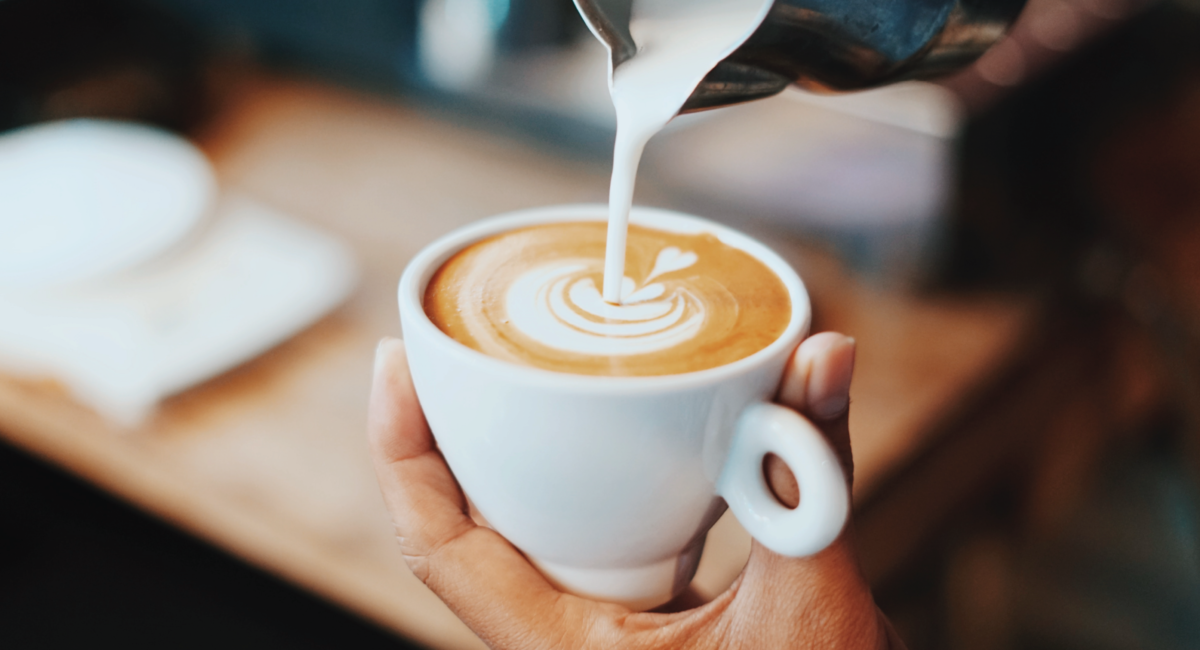So, when it comes to the morning caffeination, should I order the light roast or the dark roast? Does light roast have more caffeine? Are dark roasts “stronger”? These are all super common questions we hear in the shops at SlackTide Coffee Roasters.
Despite the myths, roast profiles generally do not impact caffeine levels in your daily brew. Although caffeine provides fuel for the daily hustle, it is a tasteless, colorless, and odorless substance that cannot be immediately detected in your cup.
One common misconception is that a darker roasted coffee that is large in body – that is the weight or robustness it carries upon taste – may contribute to increased levels of caffeine. This is false.
A contrary belief is that the longer a coffee is roasted, the more caffeine disintegrates throughout the roast, and therefore a lighter roast is more caffeinated.
While this statement is actually true, the degree at which the cellular structure of the caffeine molecule begins to break down is often beyond the typical roaster’s darkest roast – roughly 455 degrees Fahrenheit. Only the darkest of roasts, like a French or Italian roast, eclipse this point.
That said, the cellular breakdown of caffeine has only just begun and therefore relatively insignificant.
When considering the caffeine content of your daily brew, it is more realistic to examine the ratio of coffee beans to water: a higher ratio of coffee to water will, obviously, always result in more caffeine.
Different varieties of coffee often impact the caffeine content. The most notable difference being between higher-grade Arabica beans and lesser quality Robusta beans: Robusta beans contain twice the caffeine content of Arabica beans.
As the caffeine debates rage onward, know that if an additional boost of energy is required, you can always continue brewing! So, drink what you enjoy and carry on crushing.
To check out some our roast and try for yourself, head on over to our coffee page.



Leave A Comment